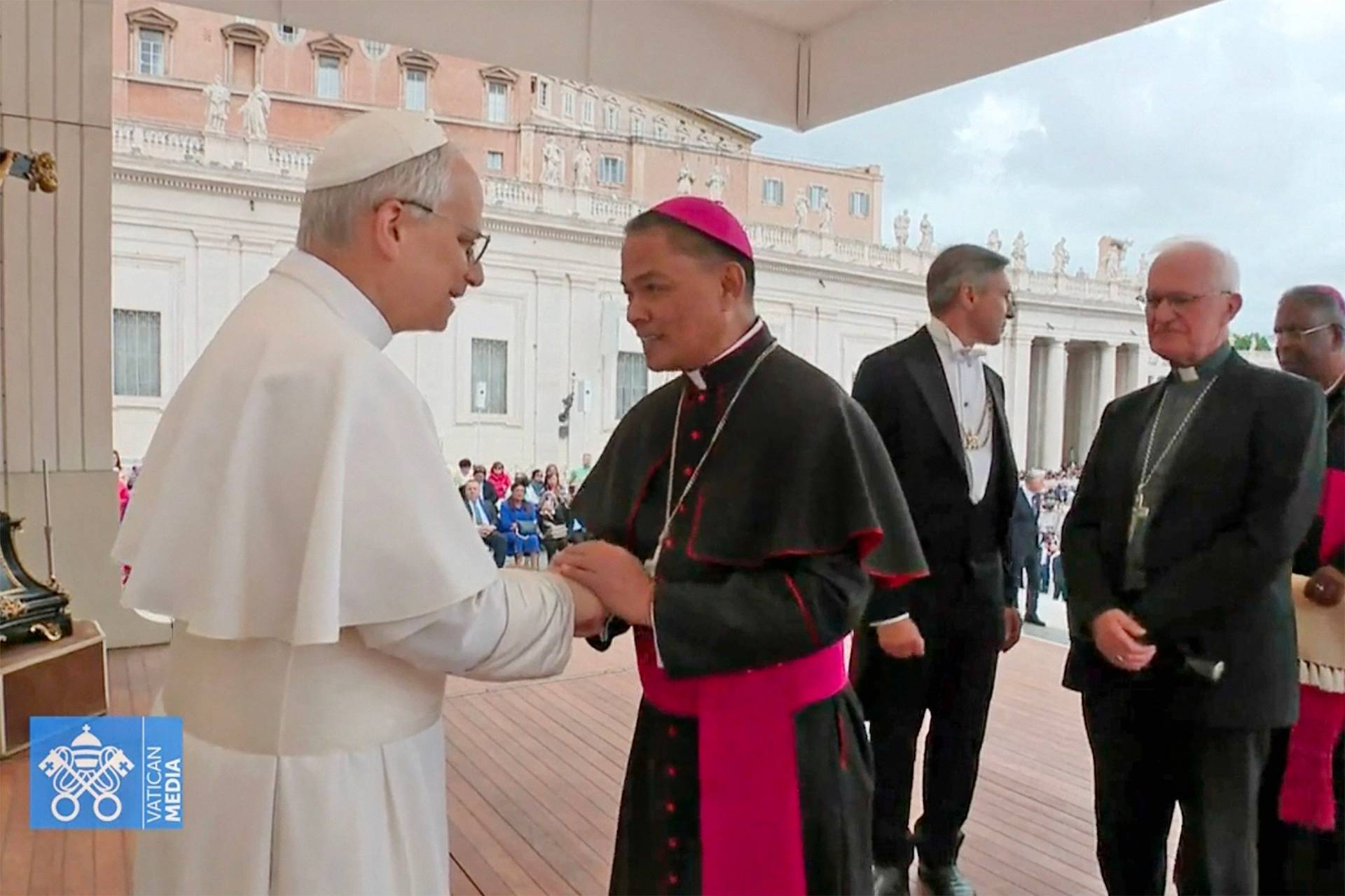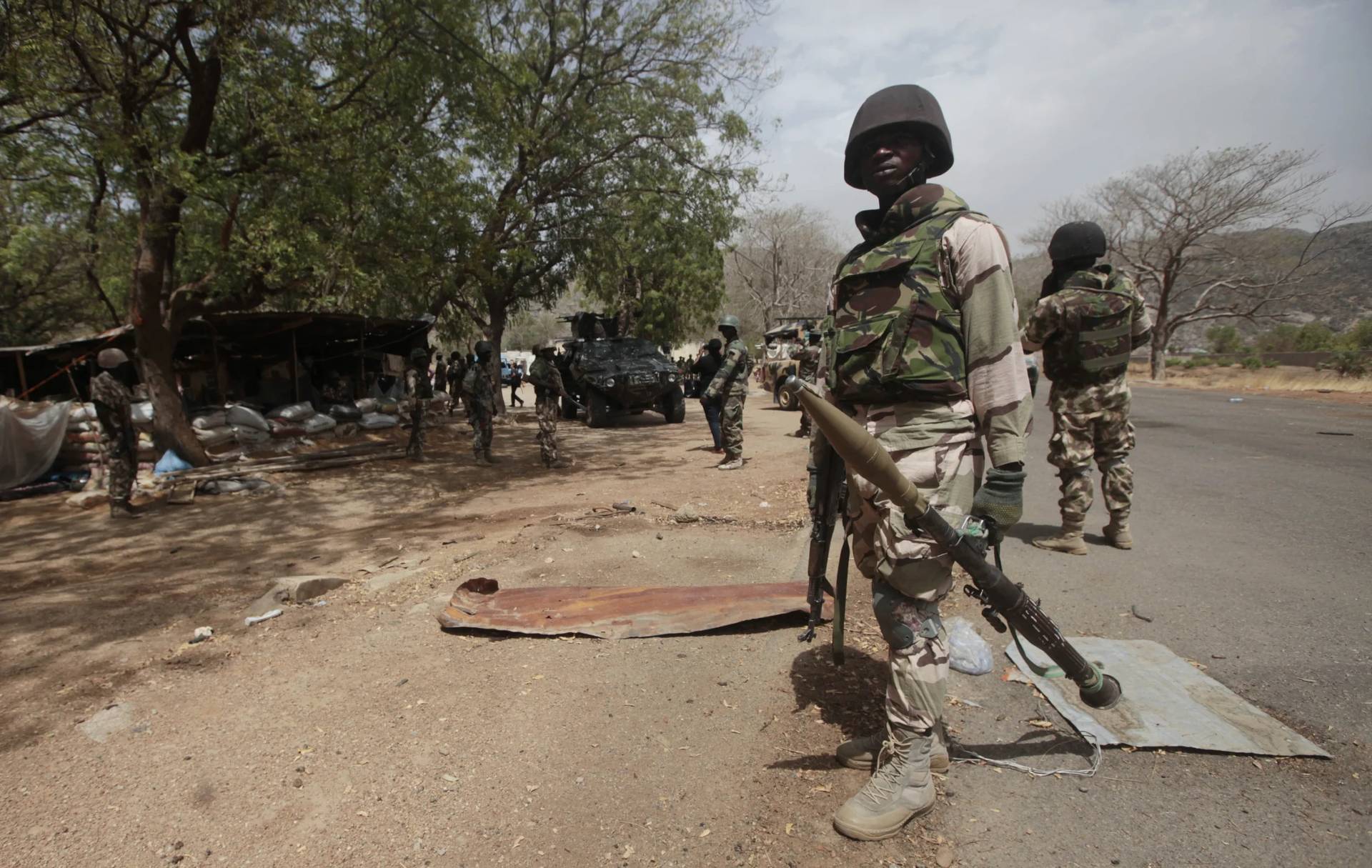Now that Pope Francis finally has released his long-awaited encyclical letter on the environment, blaming “unfettered greed” for mounting pollution, global warming, and climate change, and framing strong limits on fossil fuels and greenhouse gases as a clear moral imperative, the question becomes: So what?
Despite a remarkable degree of hype in the run-up to Thursday’s presentation of Laudato Si’, the title of the pontiff’s 184-page ecological manifesto — which, among other things, caused the Vatican website to crash in response to massive demand to read the text — it’s still reasonable to wonder whether the pope’s exhortations will have any real-world impact.
After all, other moral authorities have weighed in on the same issues for some time, and it’s not as if the planet is notably cooler or cleaner as a result.
At least in the United States, however, there are three arenas where Laudato Si’ seems likely to have an immediate echo: the 2016 presidential race, the pope’s trip to the country in September, and the management of Catholic facilities all across America.
An “encyclical” is the most developed form of papal teaching, and Laudato Si’ marks the first time a pope has devoted one entirely to environmental issues. The pontiff unambiguously accepts the scientific consensus that changes in the climate are largely man-made, and also laments a loss of biodiversity and growing scarcities of safe water.
Francis is especially strong on the link between environmental problems and poverty, arguing that developing nations will bear the brunt of today’s ecological crisis and that poor people are ill-equipped to adapt to a changing climate.
It’s essential, he insists, “to hear both the cry of the earth and the cry of the poor.”
For Christians, Francis says, there’s a special obligation to care for “our common home” rooted in the Biblical idea of nature as God’s creation. Yet he says the message of Laudato Si’ is intended for all, because no one is exempt from the consequences when, as he puts it, the Earth begins “to look more and more like an immense pile of filth.”
The 2016 presidential campaign
On the Sunday before the encyclical’s release, Francis offered up a prayer that “everyone can receive its message.” In the United States, one group for which that’s likely to be especially tricky is made up of Republican presidential contenders, particularly those — perhaps as many as five, when all is said and done — who are also Catholic.
Even before the document appeared, Jeb Bush and Rick Santorum were asked how they squared their devout Catholic faith with their commitment to the free-market, pro-growth orthodoxy that Francis excoriates in Laudato Si’.
Both fell back on some version of, “The pope’s a great guy, but he should stay out of politics.”
The stakes may get even higher if the roughly 300 Catholic bishops in America line up behind the pope.
In the past, candidates who are both Catholic and pro-choice have been barred from speaking in Church venues, even turned away at the Communion rail. It’s not clear if similar displays of disapproval will surround those who break with the pope’s environmental line, but even raising the question injects a new variable into the 2016 race.
The papal visit
Inevitably, the encyclical also becomes part of the subtext for Pope Francis’ debut trip to the United States, set to bring him to Washington, New York, and Philadelphia in late September.
With Francis coming, pollsters and analysts will scramble to gauge to what extent Americans have accepted the pope’s message — not only at the broad policy level, but also in practice, especially his call for new lifestyles and a break with “compulsive consumerism.”
In other words, issuing the encyclical just three months before he visits the States ensures the trip will become a national examination of conscience.
The US Church
Beyond the political and cultural ferment, the encyclical’s most direct impact may come in terms of how the Church manages its own resources.
Catholicism in America has a massive footprint, operating 17,900 parishes and 600 hospitals, almost 7,000 primary schools, more than 260 colleges and universities, and scores of other facilities. Since Francis has called for a more “sustainable” pattern of life, including limiting waste and greater use of renewable energy, every one of those institutions will come under new pressure to “go green.”
In that regard, St. Joan of Arc Parish in Minneapolis, Minnesota, may be a harbinger. When its parish center was remodeled in 2000, an “eco-spirituality committee” led the way in adopting an environment-friendly design.
The new center reused or recycled 80 percent of the materials from the old one. Builders used wood products from sustainable forests, office chairs made from recycled milk jugs, rubber stairways made from recycled tires, and windowsills made from soybeans, junk mail, and recycled newspapers.
Surrounding land was landscaped with expanded green space, native and drought-resistant plants that require less water, and strategic shading to reduce energy consumption.
All that happened before Laudato Si’ was published. In its wake, it’s difficult to imagine how any new Catholic project could justify not adopting similar principles. Bishops have already said they’ll encourage priests to preach about the encyclical over the summer, which could further stimulate Catholics to get their own house in order.
Right out of the gate, in other words, Francis’ encyclical appears set to reshape a presidential race, stimulate a national moral check-up, and transform practices in one of the country’s largest and most influential institutions.
By those standards, Laudato Si’ appears more than words on paper. In America, it looks like a genuine game-changer.














